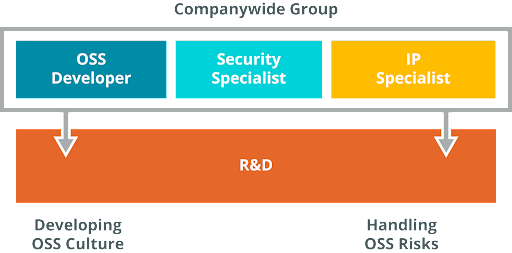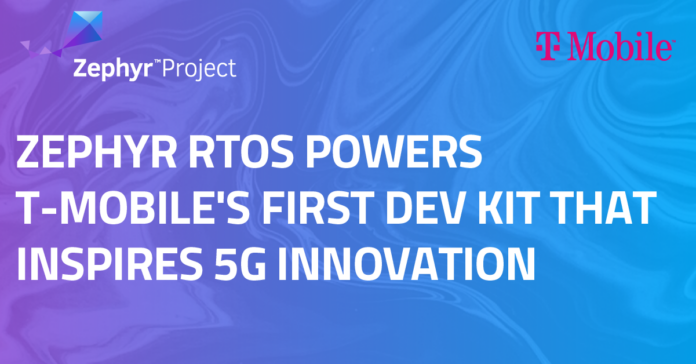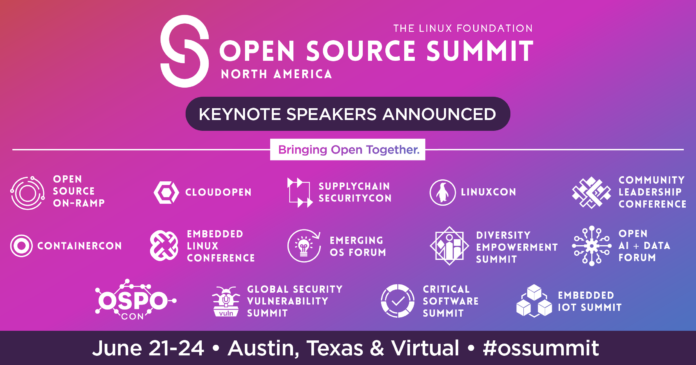For many of us, it has been several years since we’ve been in conference settings, or around many people at all. As we close in on a broader return to in-person events next month, this is the perfect time to reiterate that our events are gatherings intended for professional networking and collaboration for the open source community, that exist to encourage the open exchange of ideas. Thus, they require an environment that recognizes the inherent worth of every person and group. All event participants, whether they are attending an in-person or a virtual event, are expected to behave in accordance with our Event Code of Conduct. In short: Be kind. Be professional. Treat everyone with respect.
The importance of a diverse, welcoming and inclusive open source community has been widely understood for some time. Progress is slowly being made, but there is a long way to go. We created our Event Code of Conduct in 2011 as one of many ways we at the Linux Foundation could help create a more welcoming community. Events play a huge role in how open source communities collaborate, and it is critical that these are safe spaces, free of harassment and discrimination.
In the earlier years of our Event Code of Conduct, we received very few incident reports, but that number has grown, especially in recent years. This is a good thing. It means our event participants feel more comfortable speaking up. And the more people speak up, the sooner we can reach our shared goal of a truly inclusive community.
To that end, we will begin publishing a round-up of Event Code of Conduct reports, starting with this 2021 summary. We only held a few in-person events in 2021, so expect these reports to be longer in the future as we continue to hold more in-person events. Moving forward, these reports will be published bi-annually. We will also publish event-specific reports for events with 2,000+ in-person attendees.
We look forward to seeing you all soon, online or in person.
The Linux Foundation Events Team
events@linuxfoundation.org
———
2021 Code of Conduct Incidents By Event
KubeCon Europe (Virtual)
2 reports of concern that several CNCF ambassadors were airing grievances about not having talks accepted at the event, which belittled the work of the program committeeResolution: A warning was issued, and we published this blog outlining the review process1 report of inappropriate sexual advance in a virtual session via chatResolution: A warning was issued
Open Source Summit North America (In Person + Virtual)
1 person videotaping other attendees without their consent (In Person)Resolution: A warning was issued1 report of attendee violating the mask mandateResolution: A warning was issued
KubeCon North America (In Person + Virtual)
1 person videotaping other attendees without their consent (In Person) Resolution: A 2nd and final warning was issued and letting them know their action is illegal in California2 reports of attendees violating the mask mandate Resolution: warnings were issued 1 report of staff at a sponsor booth ignoring a woman attendeeResolution: A warning was issued1 person banned from attending the event due to behavior prior to event showed up to the JW Marriott multiple timesResolution: The individual was escorted out of the venue each time1 attendee was speaking unprofessionally to a member of the LF staff when asked to abide by Covid health + safety protocolsResolution: A warning was issued2 sponsors were handing out collateral with profanity on themResolution: A warning was issued, and they refrained from passing out the offending materials thereafter1 attendee reported (on social media) a staff member at the JW Marriott restaurant was racially profiling themResolution: LF notified JW Marriott hotel management and LF staff followed up with the attendee that alerted LF of the issueMultiple reports of harassment were received against the same attendee. Additional reports were received post-KubeCon as well, for a total of 5 reports.Resolution: The LF conducted an in-depth investigation, involving a neutral outside investigator, and the accused individual participated in the process as well as the reporters. At the conclusion of the investigation, the decision was to ban this person from attending any future Linux Foundation (or LF project) events, and from participating in any leadership position on any Linux Foundation project. The individual was notified of this decision.
PrestoCon Day (Virtual)
1 Attendee was spamming links to YouTube videos and memes for competitors in the virtual chat.Resolution: LF staff deleted posts and removed the user from the event platform. The attendee’s registration information was fake, so no further follow up could be done.
The post Linux Foundation Events Code of Conduct Transparency Report – 2021 Event Summary appeared first on Linux Foundation.





